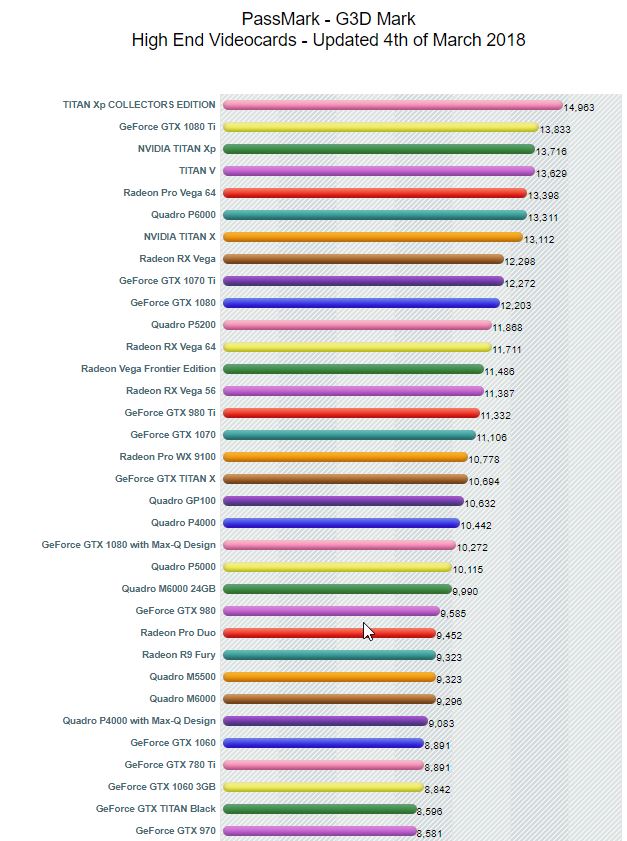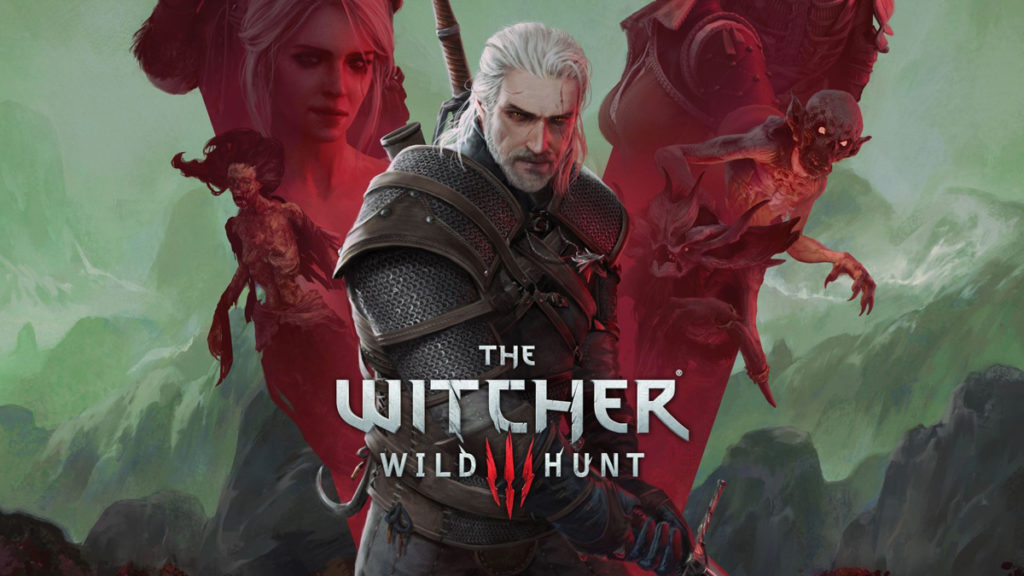

- #Graphic card benchmark witcher 3 drivers#
- #Graphic card benchmark witcher 3 upgrade#
- #Graphic card benchmark witcher 3 code#
- #Graphic card benchmark witcher 3 Pc#
In this article we’ll list the best GPUs you can get depending on your desired resolution-framerate combo. Running 144 FPS on an HD monitor is no easy task for a GPU, and the higher the resolution gets, the more demanding it will be on your system.

If you are planning on playing the game casually, 60 FPS will suffice, while if you are looking to play competitively, you are going to want your framerate as close to 144 FPS as it gets.
#Graphic card benchmark witcher 3 Pc#
In regards to other PC components, you’ll want an SSD for quicker loading times, 12 to 16 GB of RAM, and a 6-to-8 core CPU with 8-to-12 threads.Īll these specs are relevant of course, because they depend on what kind of resolution and framerate you want to play the game on. One of the first components you’re going to want to choose, is the right GPU for how you want to experience the game.
#Graphic card benchmark witcher 3 upgrade#
These are optional benefits for GeForce users, not active detriments to Radeon users.The Battle Royale and free to play game: Call of Duty Warzone has recently been released, so if you’re looking to upgrade or build a new PC to enjoy it at its best, then now is the time to do so. As I mentioned earlier, the HBAO+ GameWorks tech in The Witcher 3 is also an optional setting. In the end, The Witcher 3 runs just as smoothly on the Radeon R9 290X as it does on the GTX 980, if you choose not to enable HairWorks, which-and this is essential- is completely optional. Finally, Burke says, AMD could’ve worked to get its own TressFX technology inside of The Witcher 3, much like how GTA V for PC featured proprietary shadow technology from both AMD and Nvidia.ĪMD representatives didn’t respond to a request for comment.
#Graphic card benchmark witcher 3 code#
AMD could also attempt to optimize performance at a binary level, rather than a source code level, Burke said-though that’s far more difficult for AMD than dealing with direct source code.

While game developers aren’t allowed to share GameWorks source code with AMD, licensees (like CD Projekt Red) can request GameWorks code and optimize it in their games for AMD hardware. Yes, the hit is drastically more pronounced on Radeon hardware, which (unlike Nvidia’s) isn’t known for handling tessellation well-but Nvidia’s cards still get gut-punched by HairWorks.įor what it’s worth, Nvidia spokesperson Brian Burke says that Radeon hardware could’ve been optimized for HairWorks in a few different ways. Scenes with multiple wolves borderline devolved into slideshows.īasically, HairWorks creates drop-dead gorgeous hair but with a severe hit to game performance, no matter which brand of graphics card you’re using. In the scene above, frame rates instantly dropped to 29 to 30fps-an absolutely massive difference. Enabling Nvidia HairWorks technology (set to “All” rather than “Geralt only”) absolutely tanks the frame rate on the Radeon R9 290X.
#Graphic card benchmark witcher 3 drivers#
And AMD hasn’t even released Witcher 3-optimized drivers yet, unlike Nvidia, which had Game Ready drivers available on launch day. That performance variance between the two graphics cards is in line with what we’ve seen in most other games, as well. That’s comparable to the GTX 980, which hit 48 to 51fps in the above situation. Naturally, frame rates dipped a bit lower during action scenes, but never below the mid- to high-thirties at their worst. With HairWorks off, the AMD card hit frame rates hovering between 47 and 49fps in the scene above. Let’s start with the good news first: The Radeon R9 290X handles Witcher 3 like a champ. People, foliage, and the occasional animal abound, though I reloaded and started fresh on the rare occasion that wolves wandered in and riled up the populace.

I settled on capturing one minute’s worth of frame rates using FRAPS in the above settlement in the opening tutorial area, loaded from a save.


 0 kommentar(er)
0 kommentar(er)
